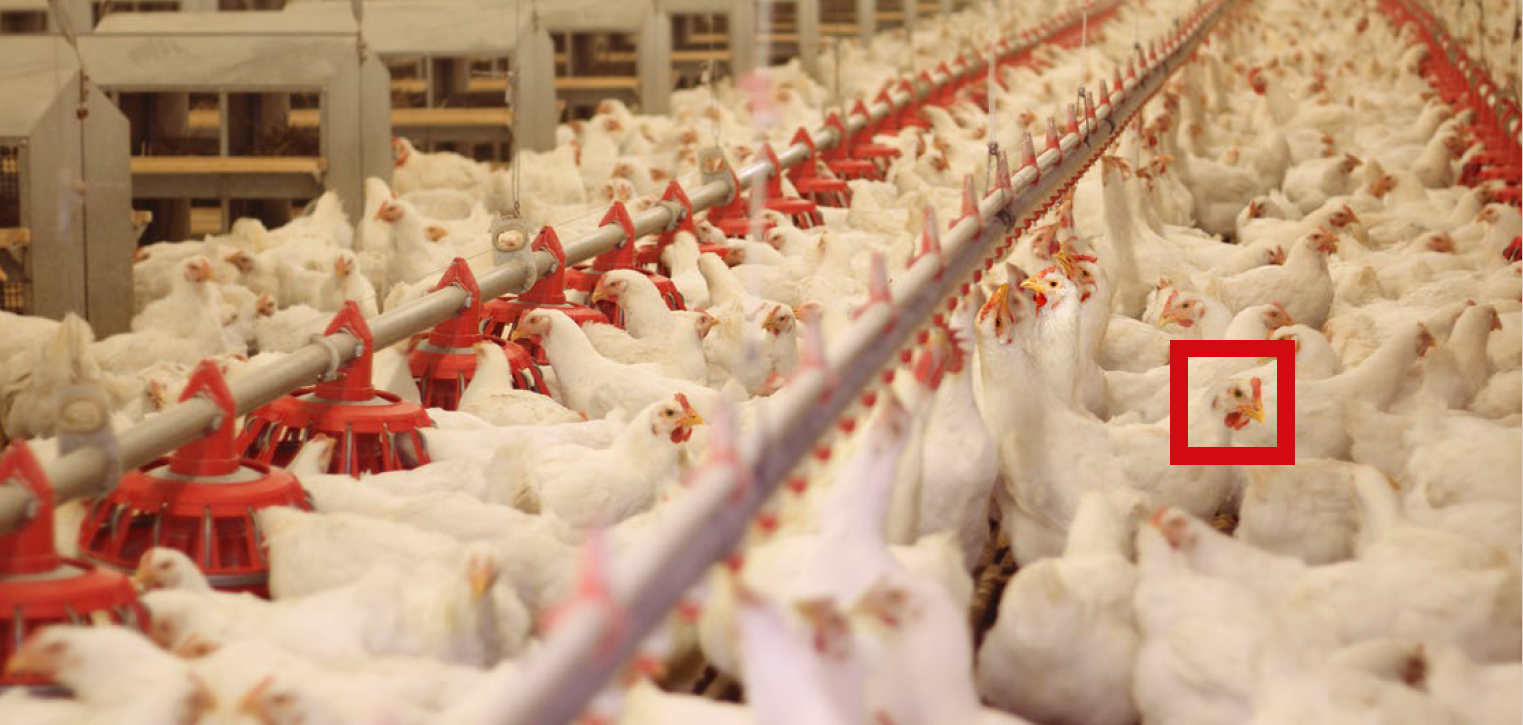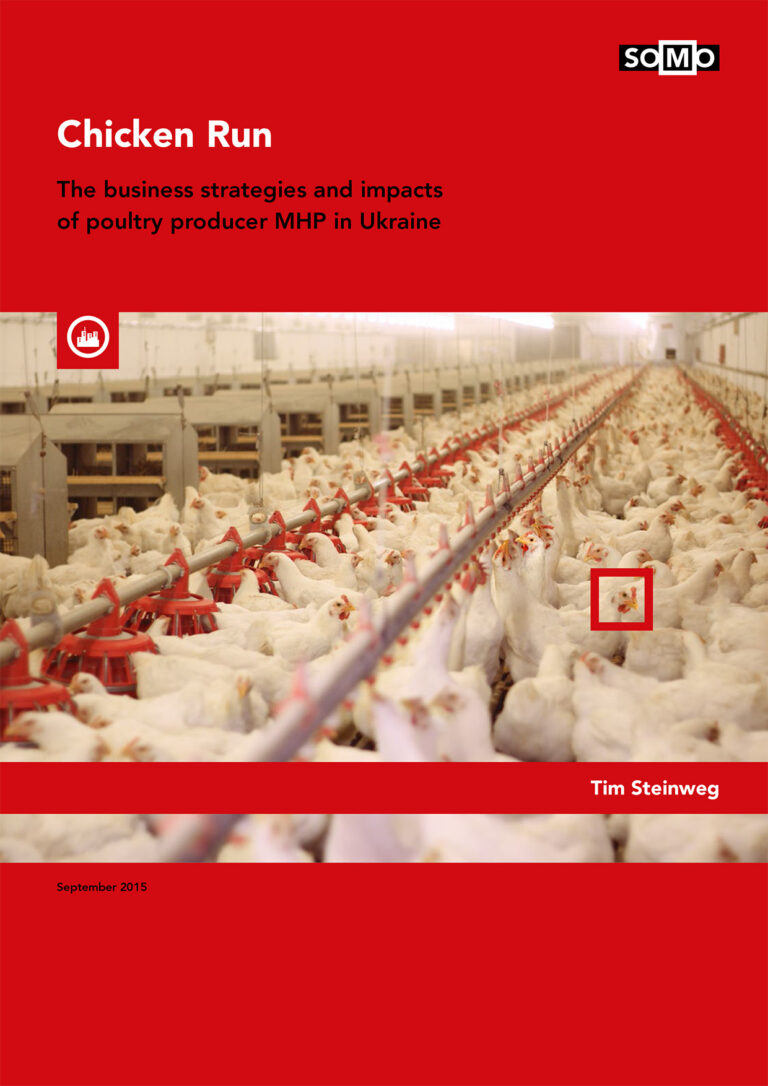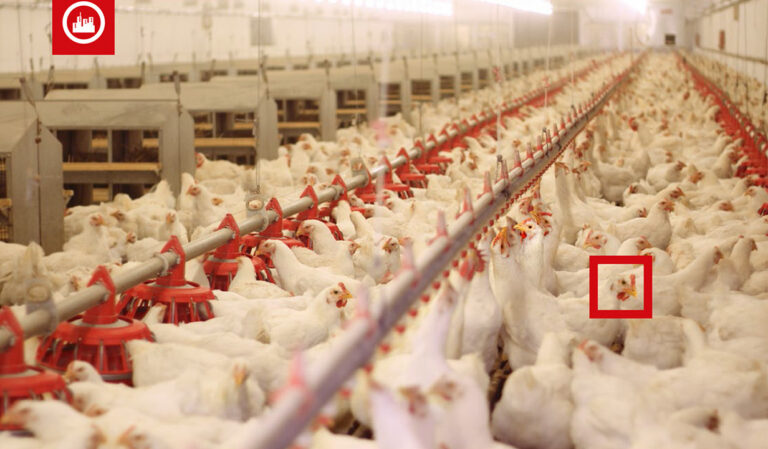
Rural communities in Ukraine bearing the brunt of unchecked agribusiness expansion
Owned by Mironivski Hliboproduct (MHP), Ukraine’s biggest poultry producer, the Vinnytsia project has been enjoying hefty support from Europe’s public financial institutes and the World Bank. The plans to double the facility’s size are only likely to exacerbate its social and environmental impacts, shows the report Chicken Run, released by SOMO. Residents in Ukraine’s southwest are facing intimidation and a range of hazards as a result of the rapid emergence of Europe’s largest poultry farm, finds a report released today by CEE Bankwatch Network.
A fact finding mission, comprised of members of Ukrainian and international civil society organisations (including SOMO), visited the site and met with over 100 local residents in May 2015. They heard a large number of accounts of people being aggressively pressured by MHP representatives to lease their lands to the company to allow the expansion of the poultry production facility. The civil society delegation was also able to document strong foul smell from chicken rearing houses and manure heaps in the fields surrounding the Vinnytsia complex as well as other poultry production waste. In addition, the investigators were also shown the effects of increased truck traffic through the villages on local roads and buildings. These and other findings are brought in detail in Bankwatch’s report Black Earth.
Adverse impacts by rapid expansion chicken farm
The report Chicken Run is partially based on the results of this fact finding mission and furthermore examines the business strategies of Myronivsky Hliboproduct (MHP), and how these strategies have been shaped by the characteristics of Ukraine’s agricultural sector. With a business strategy frame, it analyses the adverse impacts of the company’s Vinnytsia complex, the largest chicken farm in Europe. SOMO’s analysis finds that a major cause of the adverse impacts experienced by the local communities is the poultry farm’s rapid expansion. Already in 2014, the first year of its operations, the Vinnytsia poultry farm produced 205,000 tonnes of poultry, according to MHP reports. A second phase of the facility, slated to begin late this year and be completed by 2018, will see the company producing 900,000 tonnes of poultry, much of it intended for export.
Lack of information and inspections
Moreover, mitigation of the effects on the environment and the local communities is hampered by MHP’s continued refusal to disclose relevant information and offer an orderly redress mechanism. Not only did the company avoid consultations with the communities, but it has also never disclosed information that could address their concerns, despite repeated requests. In addition, in effect since 2014, the Ukrainian government’s moratorium on inspections means that violations of public health and environmental laws could remain undetected and not addressed.
The Netherlands has been instrumental in the growth of MHP
MHP has so far received over EUR 500 million in loans from the European Bank for Reconstruction and Development (EBRD), the European Investment Bank (EIB), and primarily from the World Bank’s International Finance Corporation (IFC). MHP’s own build-up would not have been possible without it aligning its business strategies with the political agenda of its financiers. “The approach of both the EU and the investment development banks towards Ukraine’s economic development serves a different interest than that of the local communities,” says Tim Steinweg, senior researcher with SOMO. As the Netherlands is a board member of both the IFC and the EBRD, it is involved in decisions to issue IFI loans to MHP. Furthermore, MHP has sourced technological equipment for the Vinnytsia complex from a range of mostly Dutch suppliers. In several cases these companies have received export credit insurances from Atradius DSB. Since the opening of the EU market for Ukrainian poultry, the Netherlands has accounted for the majority of EU imports of MHP’s products.
Downloads
- Bankwatch’s report Black Earth(opens in new window)
- SOMO’s report Chicken Run: The Business Strategies and Adverse Impacts of Poultry Producer MHP in Ukraine
- Dutch summary of Chicken Run
Do you need more information?
-

Esther de Haan
Senior Researcher
Partners
Related content
-
Chicken Run Published on:T. SteinwegPosted in category:PublicationT. Steinweg

-

-



